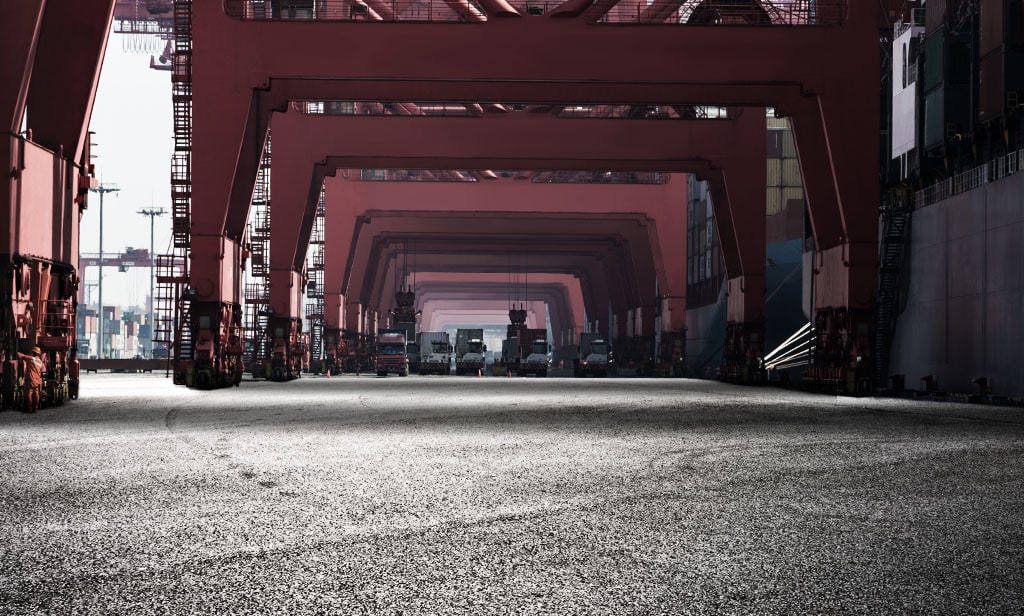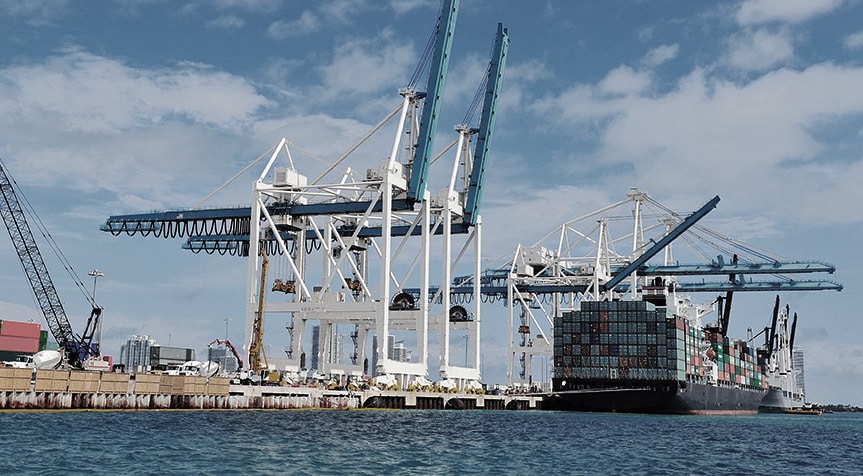Shipping and Logistics Update: Suntsu
Originally posted on Suntsu.com blog
In early April, we saw some of China’s largest cities placed under a new round of lockdowns due to an increase in infections from COVID-19’s Omicron variant. China’s zero-tolerance policy meant that many factories across China, including in Shanghai and Shenzhen were required to shut down, disturbing the electronics, consumer products, and automotive industries.
Shenzhen, China’s largest goods exporter, and Shanghai, one of the world’s largest ports, were forced to stop operations, preventing any goods from getting into or out of the regions. During this time, new policies were implemented for the major shipping carriers like DHL, FedEx, and UPS. These policies either suspended shipments or required them to undergo a sanitation and quarantine period of up to two weeks before the packages can enter or leave the region.
By the end of May, most of the ports in China were almost at full operational capacity but, they are battling a two-month backlog of goods on top of new shipments arriving daily. Full containers are being prioritized over empty and the shortage of drivers and trucks means there are still limits to what can be shipped.


To help ease congestion at Shanghai’s and Shenzhen’s ports, many shipments are being rerouted to other ports in China, like Ningbo-Zhoushan. The Evergreen Group also launched the world’s largest container ship in June of 2022, with plans for 5 more to follow. The new ships can hold up to 1,000 more 20ft containers than the previous record holder and aim to help relieve long-term shipping constraints.
As factories and ports return to work, testing is still required, and any positive results could put them back into a mandatory quarantine period. Currently, there are no widespread lockdown orders for any of China’s major cities but, in an effort to prevent the spread, many cities are still requiring a negative PCR COVID test to enter.
Both the Long Beach and Los Angeles ports have seen increases in the number of boats waiting offshore for berths. As cargo is offloaded, the ports are seeing an increase in the number of containers sitting for nine or more days creating talks of charging fees for containers that sit past 8 days.










